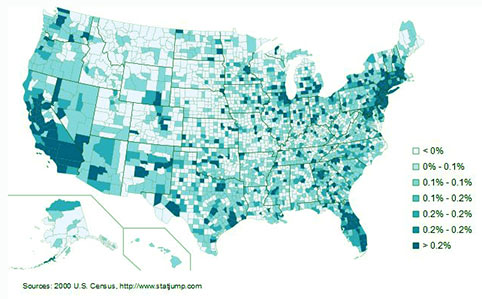Immigration Attorneys for Indian Immigrants | India & Indian Visa Lawyer |

Immigration Lawyer for India & Indian Citizens
History of Indian Immigration to the U.S.
The first people from India (or Asian Indians) to arrive in the United States came in the middle of the 19th century. Most of these Indians were from a religious minority in the Punjab region called the Sikhs. By the end of the 19th century, almost two thousand Indians migrated to the west coast of the United States in search of economic prosperity.
Most of the Sikhs who entered the country worked in agriculture and construction, while some others worked as merchants and traders in the Western states of Oregon, Washington, and California. They collectively rented bunkhouses, while learning how to speak English and dress as westerners. It wasn't until 1907 that about two thousand Indians, alongside Chinese, Japanese, Korean, Norwegian, and Italian workers began constructing the Western Pacific Railroad in California. Although successful in finding work, most of the Sikhs refused to cut their beards or hair, continuing to abide by the traditions of their homeland, India.
Between 1910 and 1920, Indians turned back to farming, as agricultural work in California became more abundant and prosperous. This benefited most immigrants who had come from villages in rural India and had experience in the farming and agriculture. Despite the 1913 Alien Land Law, which was enacted by the California legislature of the day and designed to discourage Japanese and Indian immigrants from purchasing land, Indian ownership of property grew. By 1920, Indians owned 38,000 acres in California's Imperial Valley and 85,000 acres in the Sacramento Valley.
It wasn't until 1946 that the first significant wave of immigration from India took place. Congress passed a bill, which allowed Indians to be nationalized and become citizens of the United States of America. In 1957, the first Indian senator, Dalip Saund, was elected to Congress, an encouraging sign that more and more educated and professional Indians might soon enter the U.S. Despite their growing prominence, tight restrictions and quotas were still placed on Indian immigration prior to 1965.
In 1965, however, a change in U.S. immigration law lifted prior quotas and restrictions, allowing significant numbers of Indians to enter the United States. In fact, between 1965 and 1974, Indians immigrated to the United States at a higher rate than almost any other country in the world. Unlike the first wave of immigrants that arrived in the United States in the early 20th century, the post-1965 immigrants were overwhelmingly urban, professional, and highly educated, allowing for quick and gainful employment in many of the U.S.'s biggest cities. In the ensuing decade, over 100,000 Indian professionals and their families entered the U.S. Almost 40% of all Indians who came to the United States in the 1960s and 1970s arrived on student and exchange visitor visas. Many of these immigrants were accompanied by spouses and other dependents, and represented an educated, professional class of Indian immigrants.
Where are they now?
According to the American Community Survey of the U.S. Census Bureau, the Asian Indian population in the United States grew from almost 1,679,000 in 2000 to 2,570,000 in 2007: a growth rate of 53%, the highest of any Asian American community, and among the fastest growing ethnic groups in the United States. Indian Americans are the third largest Asian American ethnic group, after Chinese Americans and Filipino Americans. The U.S. states with the largest Indian American populations, in order, are: California, New York, New Jersey, Texas, and Illinois. There are also significant Indian populations in Florida, Georgia, Maryland, Michigan, Pennsylvania, Ohio, and Virginia. The metropolitan areas with large Indian American populations include Atlanta, Washington DC / Baltimore, Boston, Charlotte, Chicago, Dallas / Ft. Worth, Philadelphia, Detroit, Houston, Los Angeles, and San Francisco / San Jose / Oakland. As of 2000, the town of Edison, New Jersey is 17.75% Indian American — the highest percentage of any municipality in the United States.
Where do Indians work in America?
As mentioned above, the quality of the Indians who immigrate to the United States is very high. As a result, it is no surprise that Indians are being issued a high number of temporary work visas. During the 2005 fiscal year, Indians were granted nearly 195,000 work visas that allowed them to come to the United States. About 100,000 of these visas were H-1B visas, marking India as the country with the greatest number of temporary work visas granted. Mexico was second on the list with nearly 170,000 work visas. It was followed by the United Kingdom with slightly more than 155,000 work visas.
Contact Us
If you are an Indian person seeking entry to the United States through one of the U.S. government's immigration services, please fill out the questionnaire and an experienced immigration lawyer will contact you regarding your particular immigration matter. There is no obligation created by your submission of information. Immigration lawyers and law firms are available at all hours and will contact you to assist with any immigration concerns that you may have.